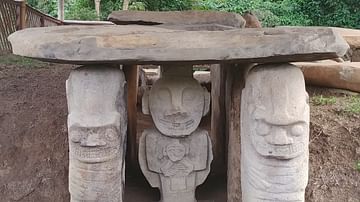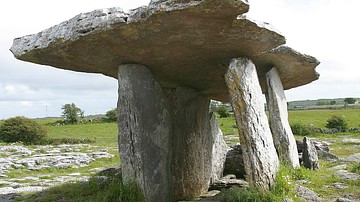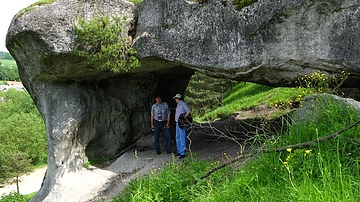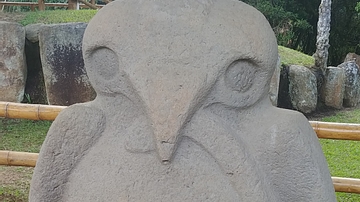Search
Summary 
Loading AI-generated summary based on World History Encyclopedia articles ...
Search Results

Article
The Megalithic Temples of Malta
The megalithic temples of Malta and Gozo rank amongst the oldest free-standing buildings in the world. Construction of these temples started c. 3500 BCE, an impressive architectural feat for their time, particularly given that the builders...

Article
The Megalithic Funerary Art of San Agustín
Beginning approximately 2000 years ago, in a rugged stretch of southwestern Colombia where the Andes split into multiple ranges and the mighty Magdalena River is born, a people created a collection of magnificent ritual and burial monuments...

Definition
Dolmen
A dolmen is a megalithic structure typically formed from a large horizontal stone slab resting on two or more upright slabs. The oldest European examples are found in Brittany, northern France, and date to the 5th millennium BCE. Dolmens...

Image
Megalithic Model From Malta
Model of a Megalithic building carved out of Globigerina Limestone. It shows a trilithon entrance and walls formed of slabs. Above these are one or two courses of horizontally laid slabs projecting inwards. The roof is apparently composed...

Image
Megalithic Temple of the Sun
Slavic temple in the village of Dubrov, Lviv region, Ukraine served as the religious center of the tribe of White Croats from the 8th to 10th century CE.

Image
Megalithic Funerary Statue at Mesita B
Megalithic funerary statue at Mesita B near San Agustín, Huila Department, Colombia. Created c. 1st to 10th century CE.

Video
The Megalithic Temples of Malta
A look at the magnificent Megalithic Temples of Malta. The temples shown here are Hagar Qim, Mnajdra and Ggantija.

Definition
Hallstatt Culture
The Hallstatt culture is named after the site of that name in Austria and it flourished in central Europe from the 8th to 6th century BCE. The full period of its presence extends from c. 1200 to c. 450 BCE - from the Late Bronze Age to the...

Definition
La Tène Culture
The La Tène culture (c. 450 - c. 50 BCE) is named after the site of that name on the northern shores of Lake Neuchâtel in Switzerland. It replaced the earlier Hallstatt culture (c. 1200 - c. 450 BCE) as the dominant culture of central Europe...

Definition
Villanovan Culture
The Villanovan culture flourished during the Iron Age in central Italy from c. 1000 to c. 750 BCE. It was a precursor of the Etruscan civilization, although the two populations are actually the same and the term Villanovan should not imply...